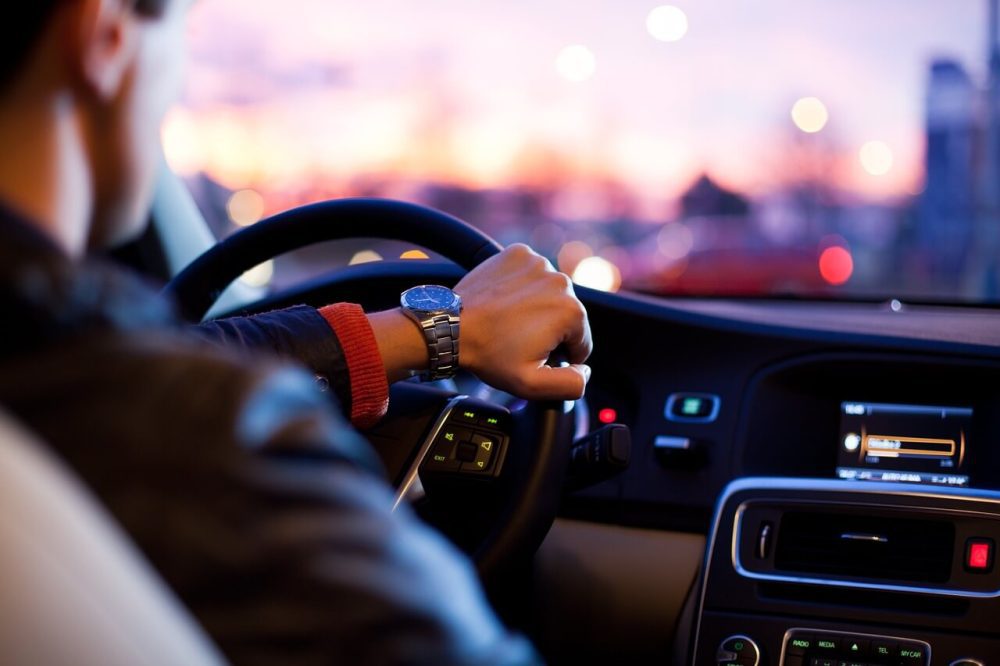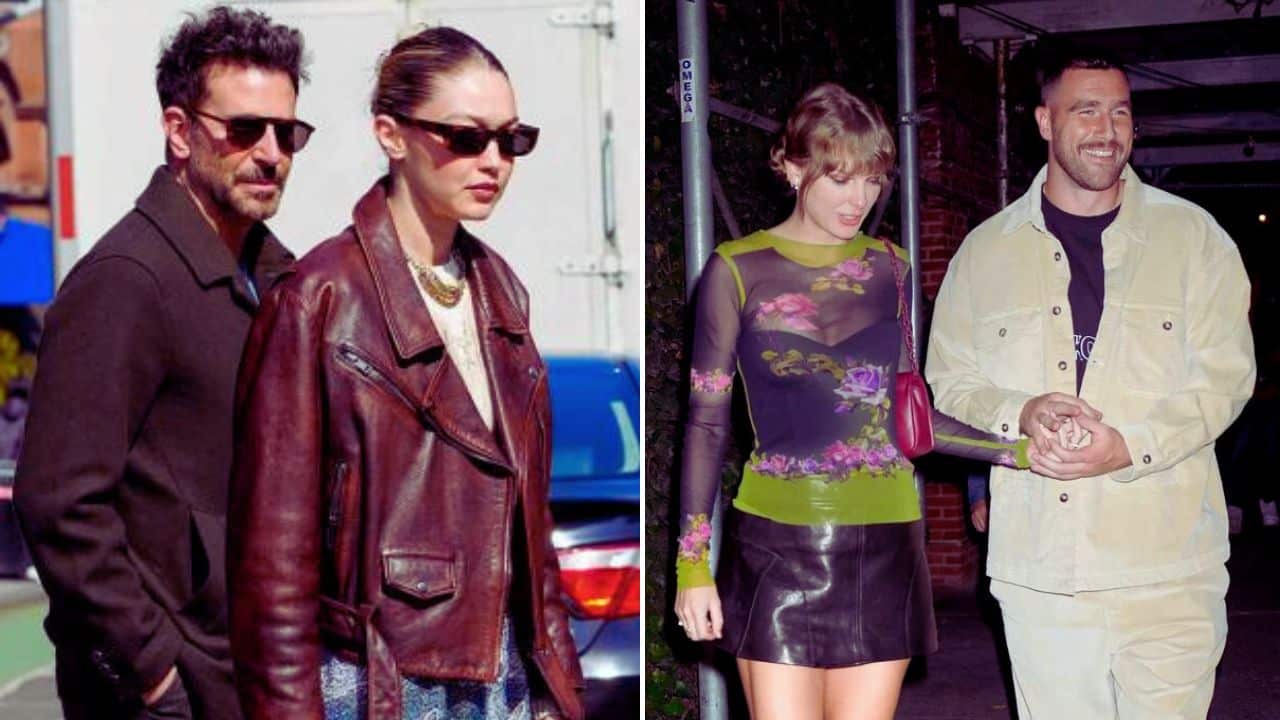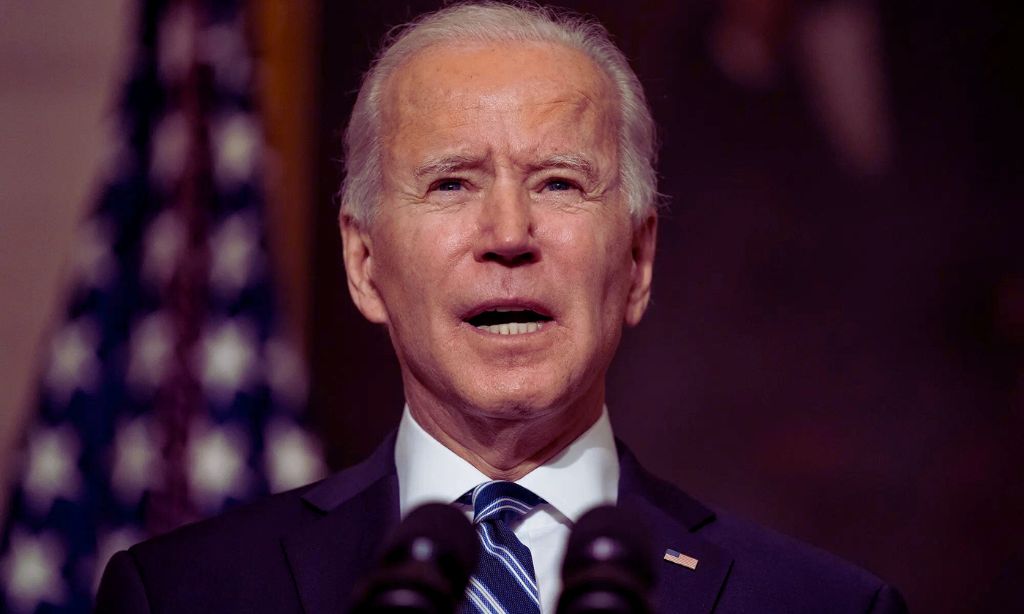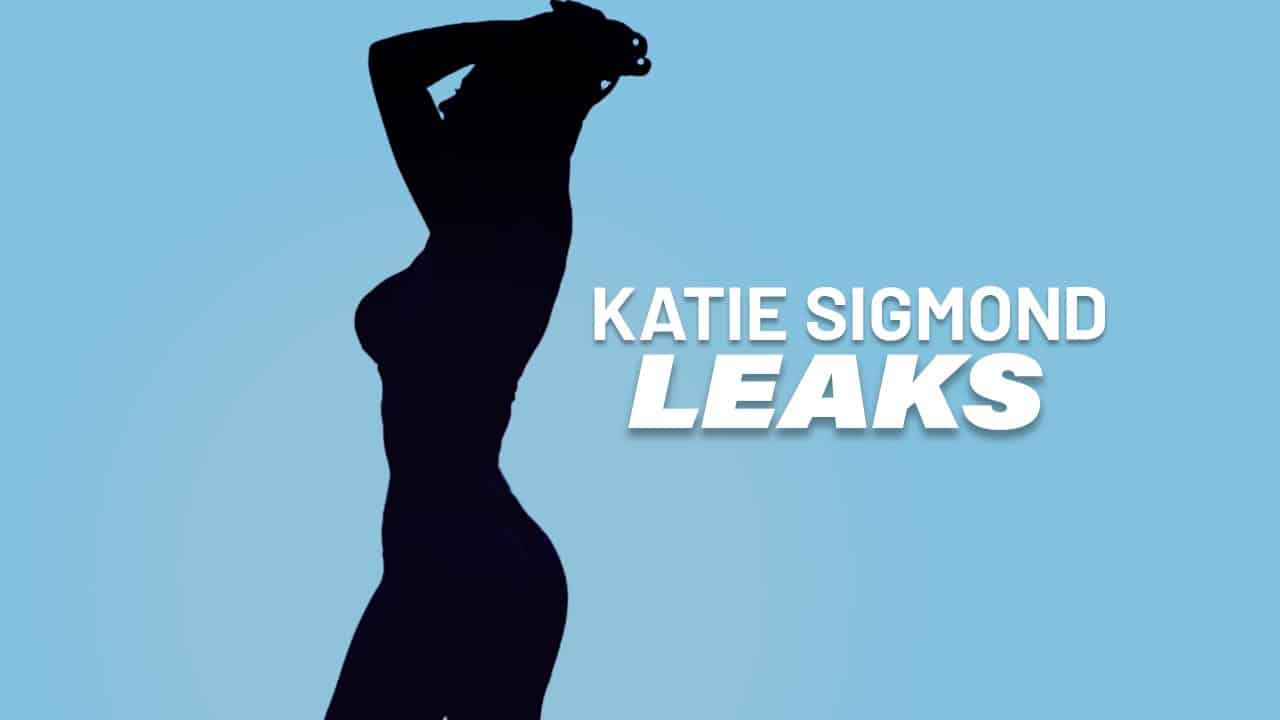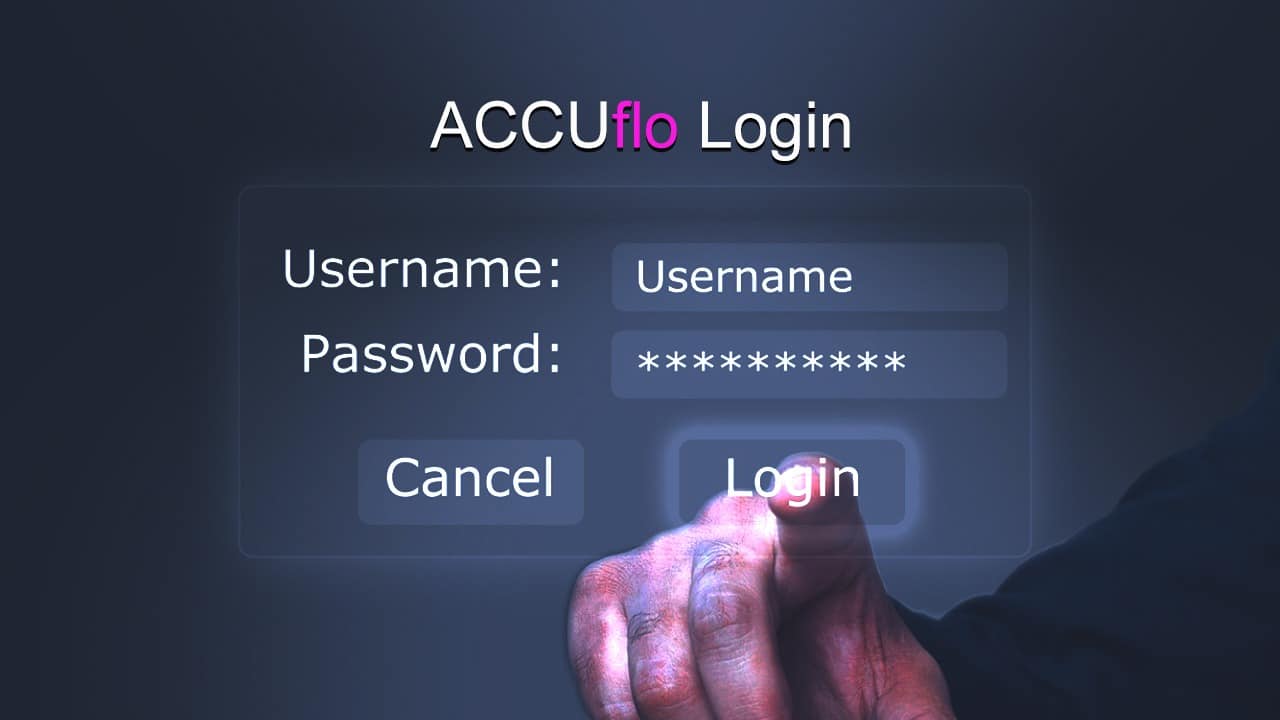Self-driving vehicles have revolutionized the automotive industry over the past few years. These autonomous cars come with a horde of safety features, and manufacturers like Tesla keep updating the car software periodically. These software updates add even more safety upgrades to the existing models.
However, with all the safety precautions in place, it is still entirely possible for a self-driving vehicle to be involved in a road traffic accident. While the self-driving cars follow all the traffic rules and regulations for the particular State, there is no guarantee that everyone on the road will do the same.
Due to human or machine error, a self-driving vehicle can crash. It raises the question of what happens when there is a car crash involving an autonomous vehicle, which leads to the death of a human. Who should be legally responsible for accidents caused by self-driving cars?
Personal Liability
Most car accidents occur due to human error. Rash driving, texting while driving, breaking red signals, or speeding can lead to accidents that compromise the cars as well as the lives of the passengers involved. It is a case of personal liability, where individuals are responsible for their actions on the road.
Read Also: 3 Car Safety Tips You Need To Know About
However, with the rise of autonomous vehicles in recent years, there has been much deliberation over the safety precautions. Almost all self-driving vehicles contain a manual override option, which can ensure survival in case of road traffic accidents if all else fails. There are also various methods these cars use to redirect the attention of drivers to the road. In such cases, product liability comes into question.
Product Liability
Product liability means that the manufacturer of the self-driving vehicle is liable for any damages incurred. Under product liability, all companies need to create cars that follow strict safety guidelines and have all necessary precautions and safety features in place. Even with all the safety and backup features, accidents are inevitable.
As has been observed previously with multiple self-driving Uber cars and Tesla vehicles, there have been a few unfortunate deaths due to car accidents. These vehicles have a few shortcomings, particularly related to static objects, vehicles that approach them perpendicularly, and most importantly, reacting to unpredictable road behavior on the part of the human drivers,
Read Also: What are the tips to bike cargo rack?
Recently, in Arizona, a self-driving Uber car hit a pedestrian. The woman who lost her life as a result of this accident approached the road from a dark area, and the vehicle could not recognize her presence immediately. Add to this the fact that the human passenger in the autonomous car was not paying attention to the road, and it made for an ugly case.
Who Is Responsible?
Investigations into the Uber self-driving vehicle accident reported that the woman walked into the path of the vehicle suddenly and from a dark area of the sidewalk, due to which the car could not stop. While we can not deny the negligence on the part of the human driver, there is a case here for product liability.
All current vehicles have a human driver, and fully automated vehicles have not started frequenting the roads and highways as of yet. It means that while it varies from case to case, the blame for any accident lies both on the human driver and the manufacturer of the self-driving vehicle. All such cases are not black and white.
Read Also: Airport Transfer Service: Hiring A Limousine Vs. Renting A Car

